If you’d asked me when I first started working as an illustrator what I thought of hiring models, I probably would have told you it seemed a little like over kill to me. At the time I was drawing a lot from my imagination, using magazine and internet reference, or very quick digital photos of friends or myself to flesh out details. I think at the time that sort of reference gathering actually suited my purposes well (it was fast and readily available), but as my ambitions and interests changed it became quickly apparent that I would need better, more specific reference. Since those days, models have become an integral part of my process. They’ve brought life and variety to my work, and allowed me to pursue a level of realism that was impossible for me otherwise. I’ve realized also over the years that the people I work with have influenced my style and visual language as much as anything else. Whom you select is a very personal and deeply creative choice.
I remember how daunting and intimidating the idea seemed to me at first, and all the misconceptions I had about what the process actually looked like. Frankly, the idea of contacting some stranger to come to my studio so I could take pictures of them sounded pretty terrifying.
It’s been a long time since then. I’ve just wrapped up an illustrated book(more on that in a few months), my biggest and most ambitious project to date, and I was recently reflecting on all the people that helped make that project possible. The models I worked with were so important, and I thought I would take some time to share some advice and thoughts on what that process looks like for me.
Photo Shoots Take Time
One of the first things I would encourage anyone interested in shooting their own reference to consider(especially if we’re talking about photographing people) is that photo shoots take time. At least an hour in my experience. Try to give yourself and your subject some room to relax and make mistakes. Often times the best photos arrive at the end, and if things are rushed, you’re much more likely to settle for mediocre reference(one of the most common problems I see in my own students).
Use Your Friends
Using your friends and the people around you is really the best place to start. You’re already comfortable around each other, and chances are you probably don’t have to pay them(and if you do, probably less than a professional). I love painting my friends into my work whenever possible, and if we’re talking about building a portfolio or getting started as an illustrator, you’ve probably got more leeway in who you get to represent in your work than someone who’s trying to visually describe a specific character from a novel or text. If you’re a young or new artist, take advantage of this. Infuse your images with the world around you. It’s an effective way to make the work feel more personal and real.
Where To Search For Professionals
Inevitably there will be images and projects that require something a friend or family member can’t provide. There are three websites that I use regularly to find professional models. I live in New York City, so I’m a little spoiled as far as choice goes. Living within easy reach of a major metropolitan area definitely has it’s advantages, but my guess is that these work quite well in other regions.
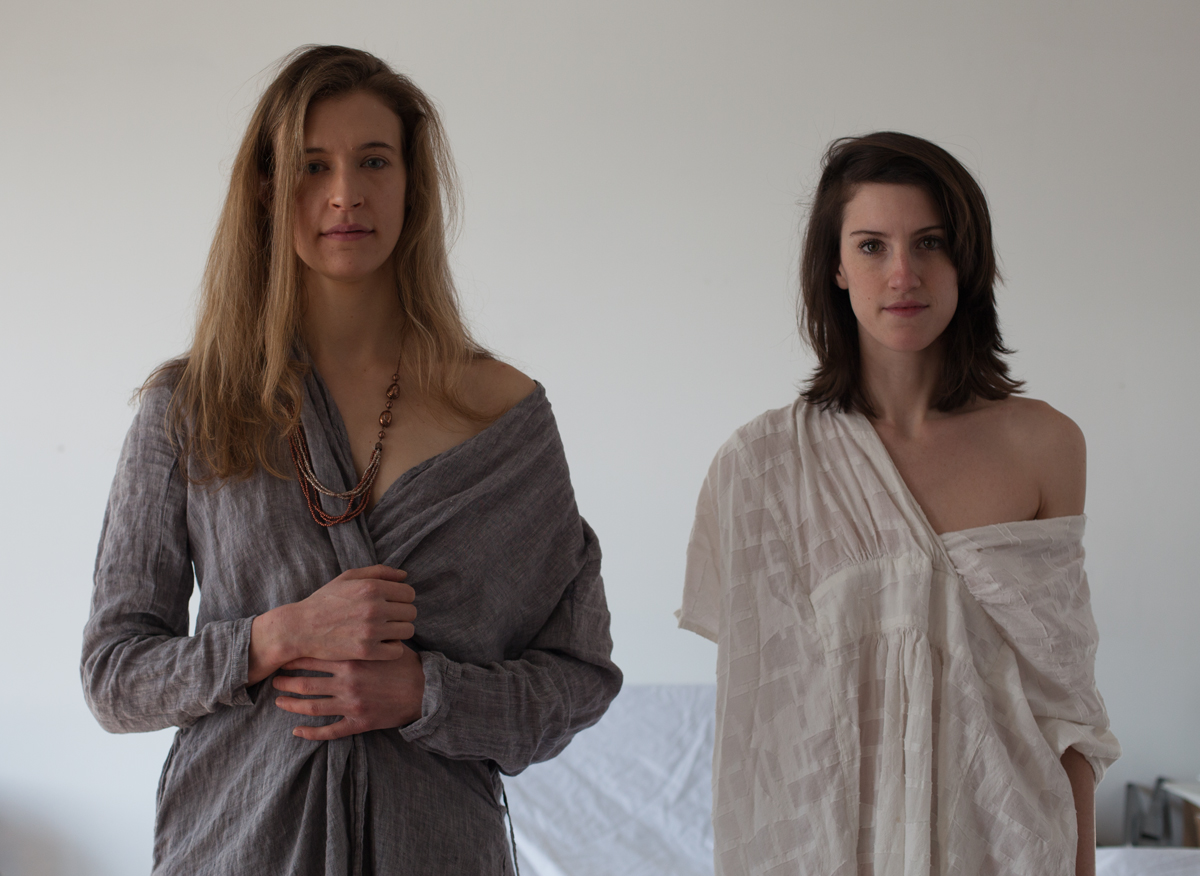
modelmayhem.com – great for young and conventionally attractive people. Interface allows you to search based on a wide range of criteria which can be helpful if you’re looking for something very specific. You can also put out casting calls.
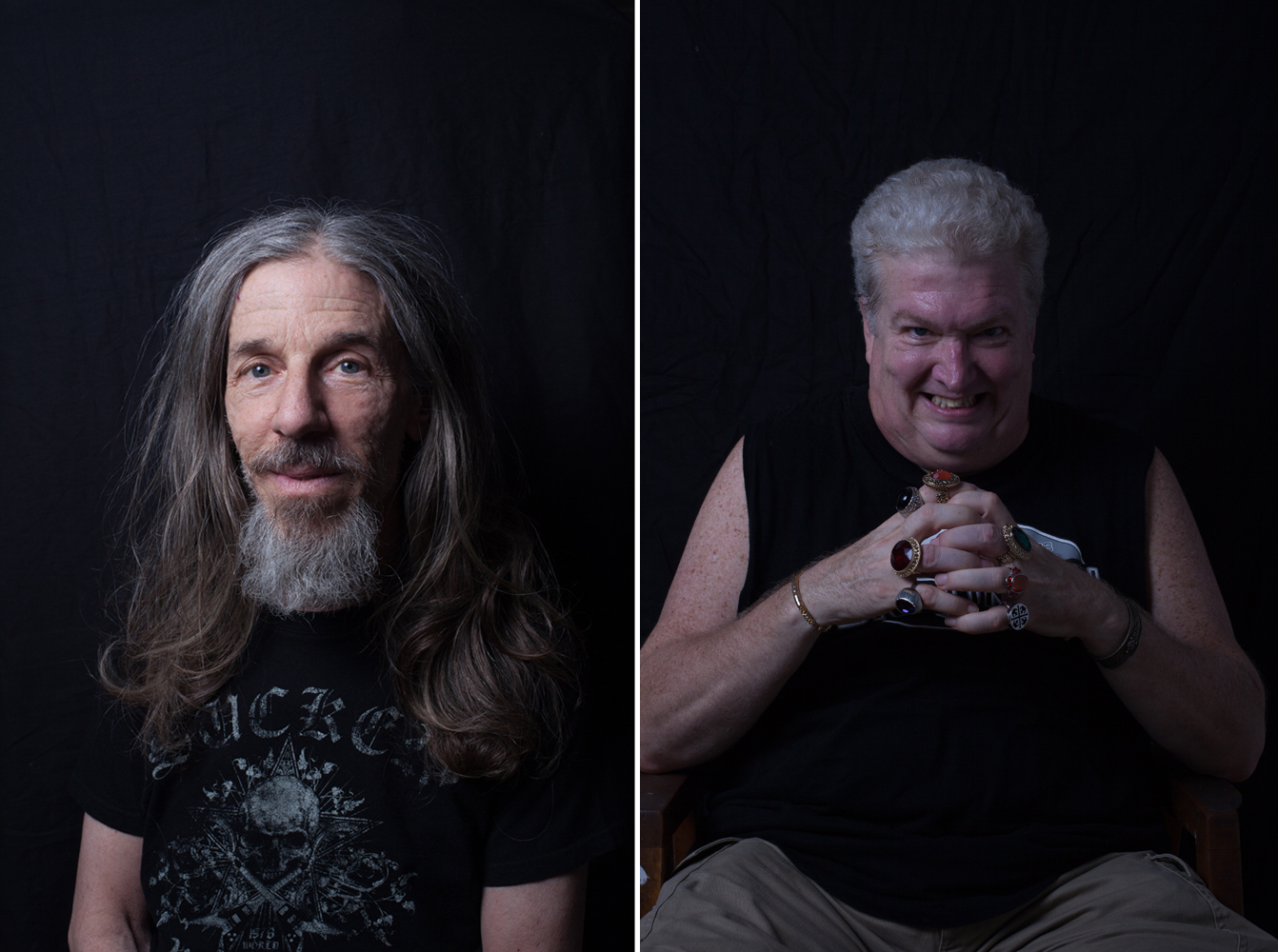
castingnetworks.com – This site hosts a lot of actors looking for work in film and television. It’s especially great for finding older models, or people with unconventional looks. The only real way to use this place in my experience is by putting out a casting call, so you end up sifting through a lot of submissions, but I’ve found some truly wonderful models here, often with a lot of acting experience(always a plus).
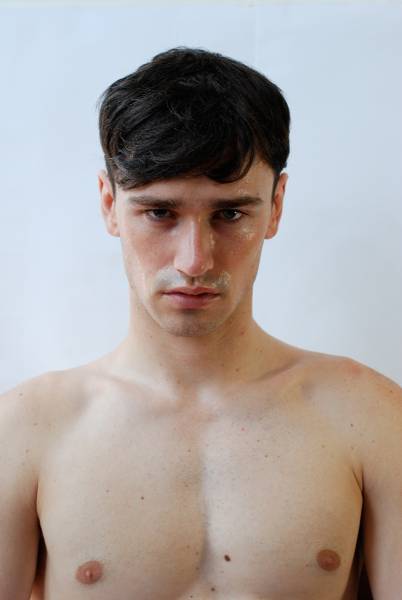
craigslist.org – still not a bad place, at least here in NYC. Just be prepared to sift through some weirdos.
What To Pay
If you’re working with a client, often times you can ask to have a model fee added to the budget, don’t be afraid to ask your art director(remember, it’s not their money. . . it’s okay to talk about money with art directors). It isn’t always available, but I feel it’s often worth absorbing the cost because I know it will make the work that much better. I typically pay around $100-200 an hour. Some models have specific rates, although I would say most of the time I’m approaching them with a budget. If you’re putting up a casting call, just offer what you are comfortable with and able to pay. There’s nothing wrong with offering a job for less as long as you’re polite and respectful when people decline.
Casting
A casting call is a call for submissions. People that are interested in being considered for your project will respond to your casting call by leaving you a message(on one of the above sites) or sending you an email. It’s best to put as much information as possible into your casting call, ad or email inquiry. What you are paying(per hour is standard), how long the shoot will take, where you are shooting, and a general description of the project is all important information you should include. I save the specific details for later, once I’ve chose someone; remember, the casting call is there just to find out who is interested in the job. I’ve found in general it’s best to only contact the person you want to hire. Models and actors apply to a lot of opportunities and I’ve been told it’s distracting to receive rejection messages, so just contact people you are interested in working with and don’t worry about the rest. People use these websites to find jobs, not socialize. There’s nothing wrong with becoming friends with the people you work with, of course, but casting isn’t the time for that, so keep it professional and to the point. Once you’ve found someone you think is a good fit, write them a more specific email explaining the project and shoot in more detail. Tell them a little about yourself and send them a link to your website so they understand what kind of work you do. This is a great time to send over your sketch as well, so that everyone involved understands what you’re looking for.
The Sketch
And speaking of the sketch, that is one of your greatest assets in this whole process. Unlike a photographer, you’ve got a great visual representation of what you are looking for. It helps put people at ease, manage expectations, and allows you to have a specific conversation about what you’re hoping to get out of a photo shoot. The sketch is also super helpful when it comes to the actual shoot, since it gives you a great starting point and helps the model get an idea of the mood and action you’re looking to achieve.
The Shoot
If you’re anything like me, meeting strangers and trying to do something creative with them, in a limited amount of time no less, is a stressful situation. Anything you can do to make things more comfortable and relaxed for everyone involved is worth pursuing. Have your lights and props ready(check out Dave’s great post on studio lighting or Dan’s very thorough process video), go over the sketch again and have them sign a model release(see below). I like to take breaks every fifteen minutes or so, which is a great time to take a closer look at the photos in photoshop or lightroom and see if there’s anything I’m missing. If I’m struggling to get what I need, it’s also a good opportunity to show them the photos and explain what they could do to improve them.
I’ve also found it helpful to make a list of all the important elements I’ll need for my painting. It’s easy to forget to get some great shots of their shoes, when you’ve been struggling for twenty minutes to get a great shot of a seemingly more important element like their face. Faces are of course important, but getting beautiful lighting and form in secondary elements like shoes, hands, drapery etc is part of the whole reason you are even doing this, so don’t miss out on that opportunity(I mention this mainly because it still happens to me quite regularly). Pay your model in cash, unless otherwise requested, and round up to the nearest hour.
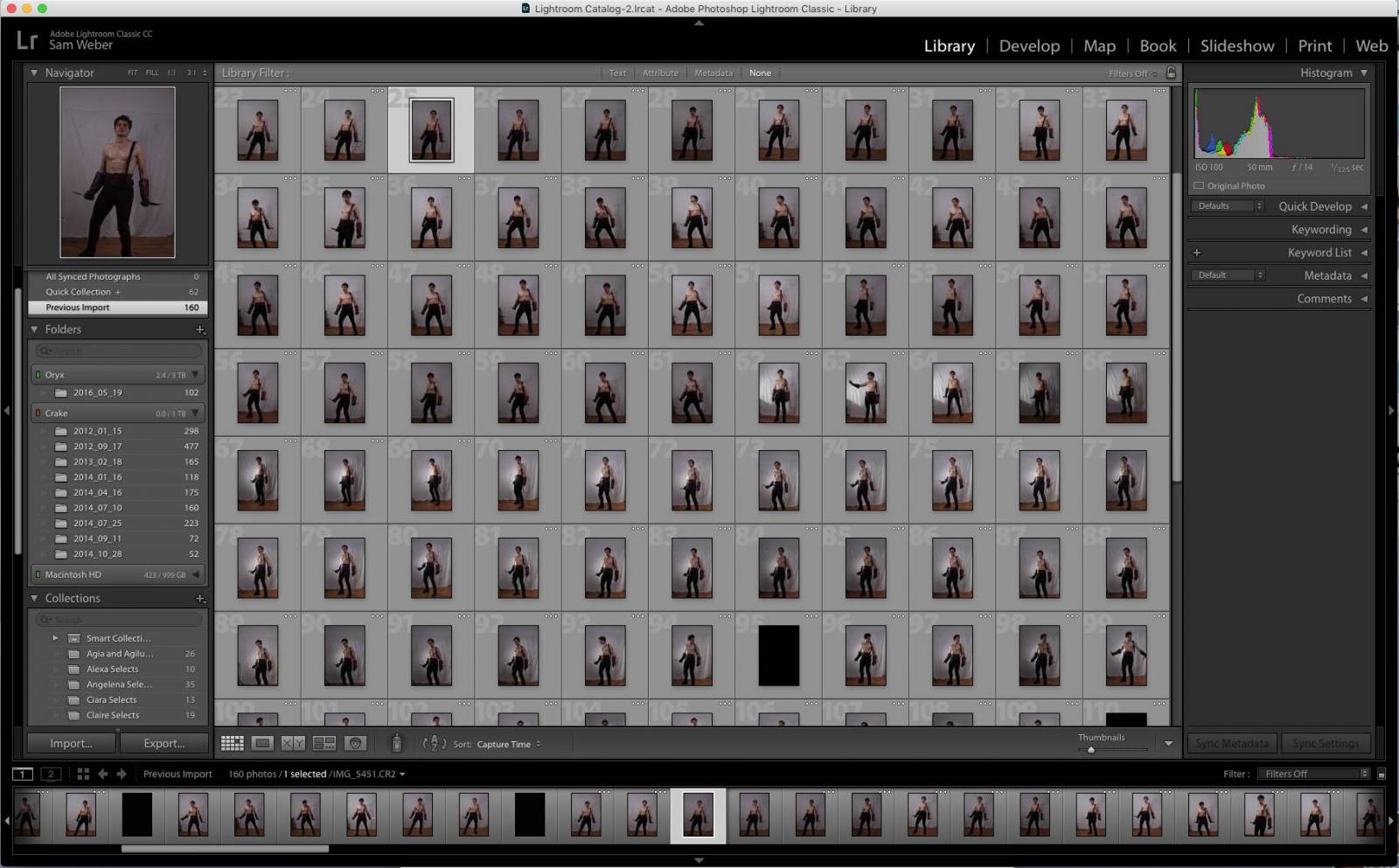
Try to take as many photos as you comfortably can. I will take, literally hundreds, varying the lighting and pose throughout.
You Must Be a Director
Very rarely do I immediately get what I need from a photoshoot. Your sketch is a great starting point, but you need to be actively directing the model during the entire shoot. Be polite and constructive, but don’t shy away from being direct and specific. I’m constantly telling the people I work with to tilt their heads, open or close their hands, twist and turn in various directions, shift their weight from one leg to another, yell at the camera, open their mouths, close their eyes, inhale, etc. Once I’ve got the camera in my hand, I’m actually pretty chatty since I think it makes things a little less weird. Tell your model when things look great so they know what is working. In my experience, the more comfortable someone is, the better the photos look, so be constructive and positive. I’ve also found costumes and props to be a huge help. There’s something about putting on a costume, or holding a cardboard sword that says “we are playing pretend, it’s okay to feel a little silly, let’s have fun.” Even if I’m just shooting a portrait or painting something contemporary, I try to have some sort of small costume element to get people in the right mindset. Plus it’s usually sort of funny, and humor is a great way to alleviate tension.
*
A lot of good art has an element of the unexpected introduced somewhere within its creation. Bringing another human being into the process, with all the wonderful and annoying things that come with that can be so inspiring. It doesn’t always go well, but at it’s best it can be a fantastic collaboration. Stay open to being surprised. Give yourself the time and space to get the best out of the people you work with. Be respectful and generous. If working with models is something you’ve been thinking about, I sincerely hope you give it a try.
I’m happy to answer any questions in the comments, thanks so much to Dan and Co. for giving me the opportunity to write this.




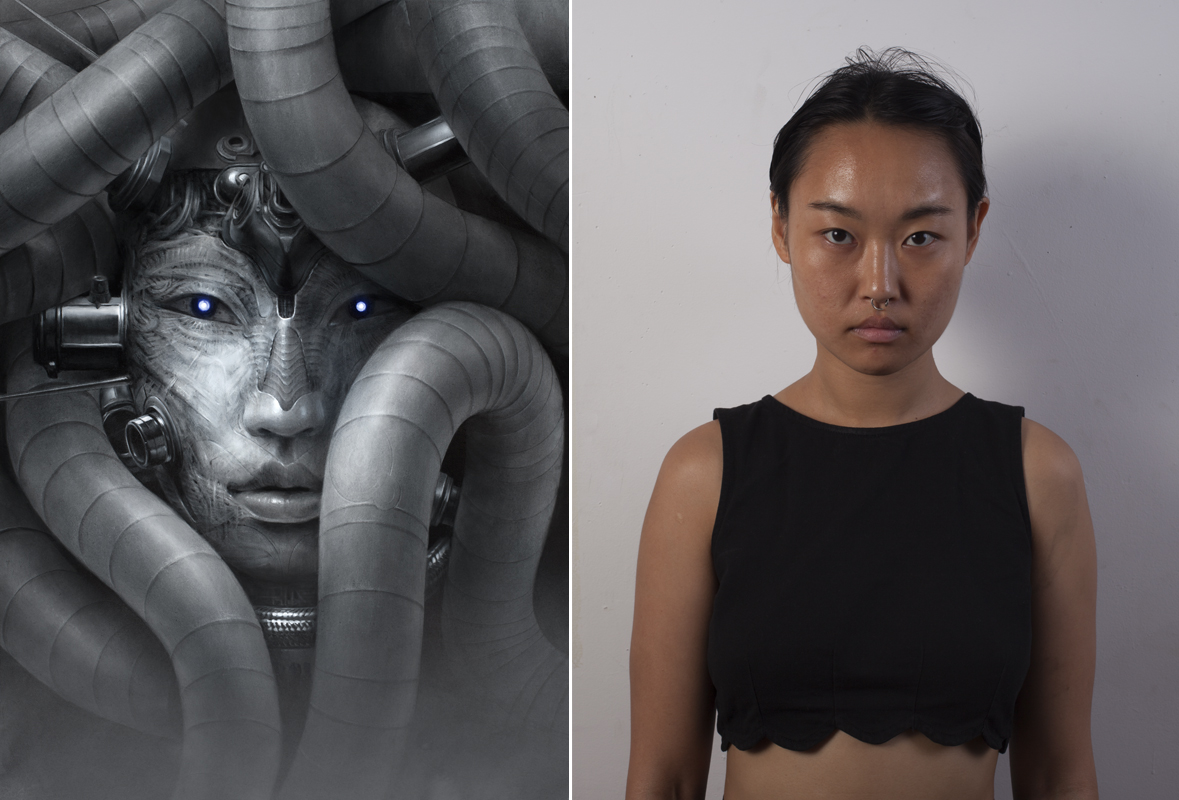
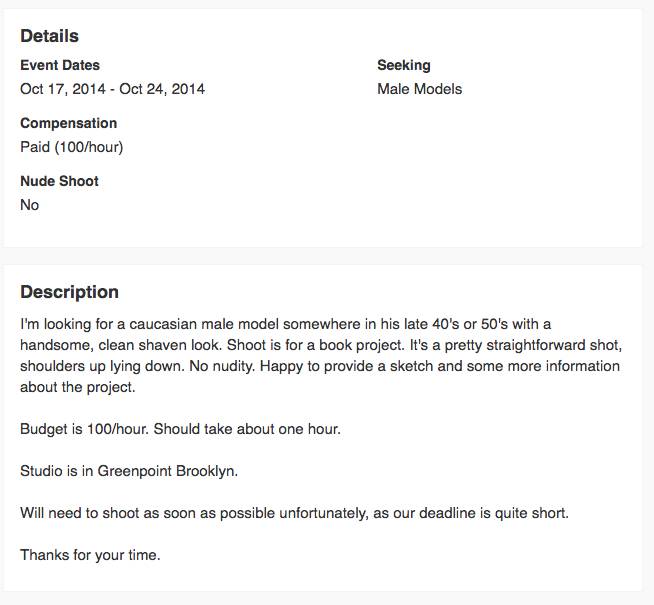

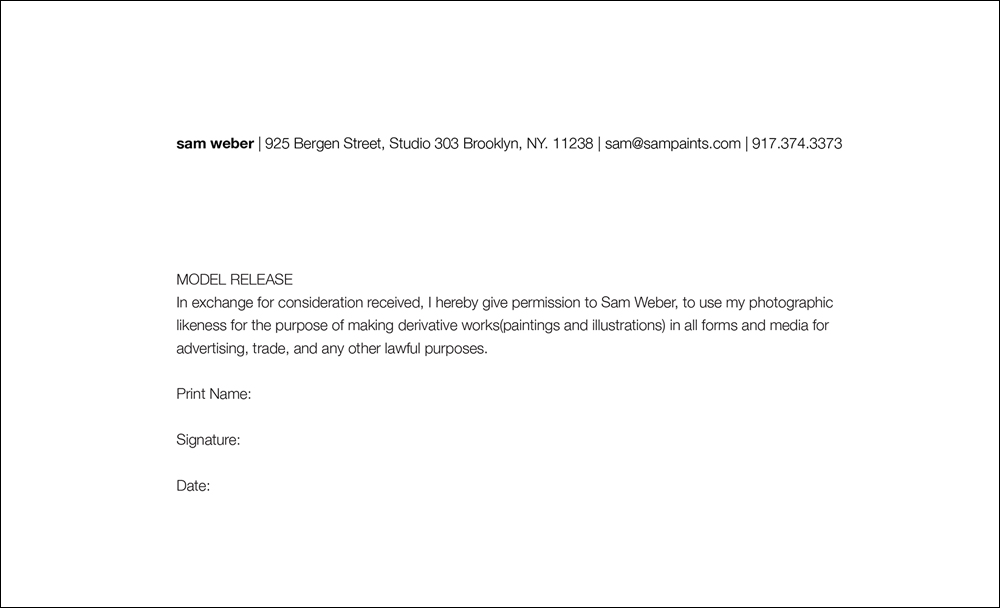
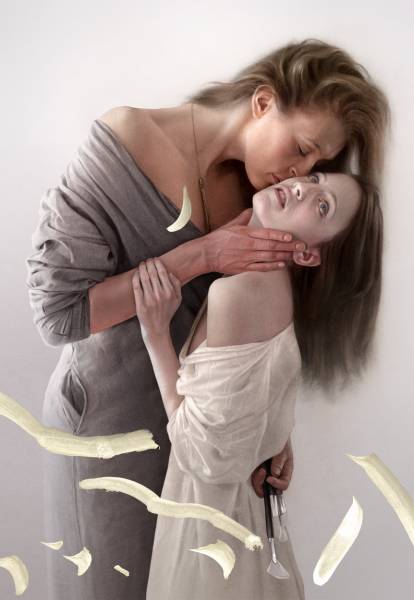
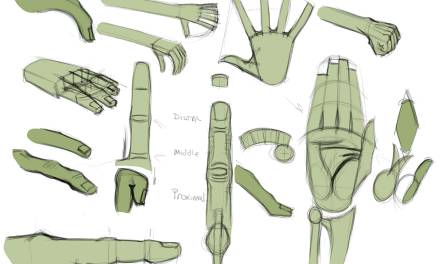
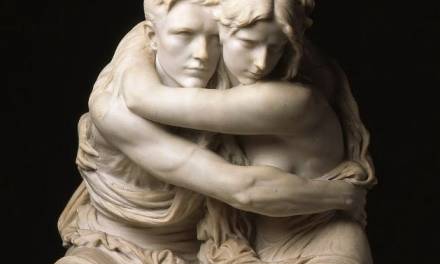
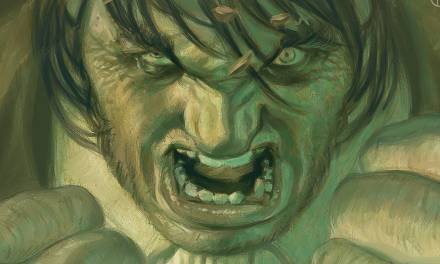
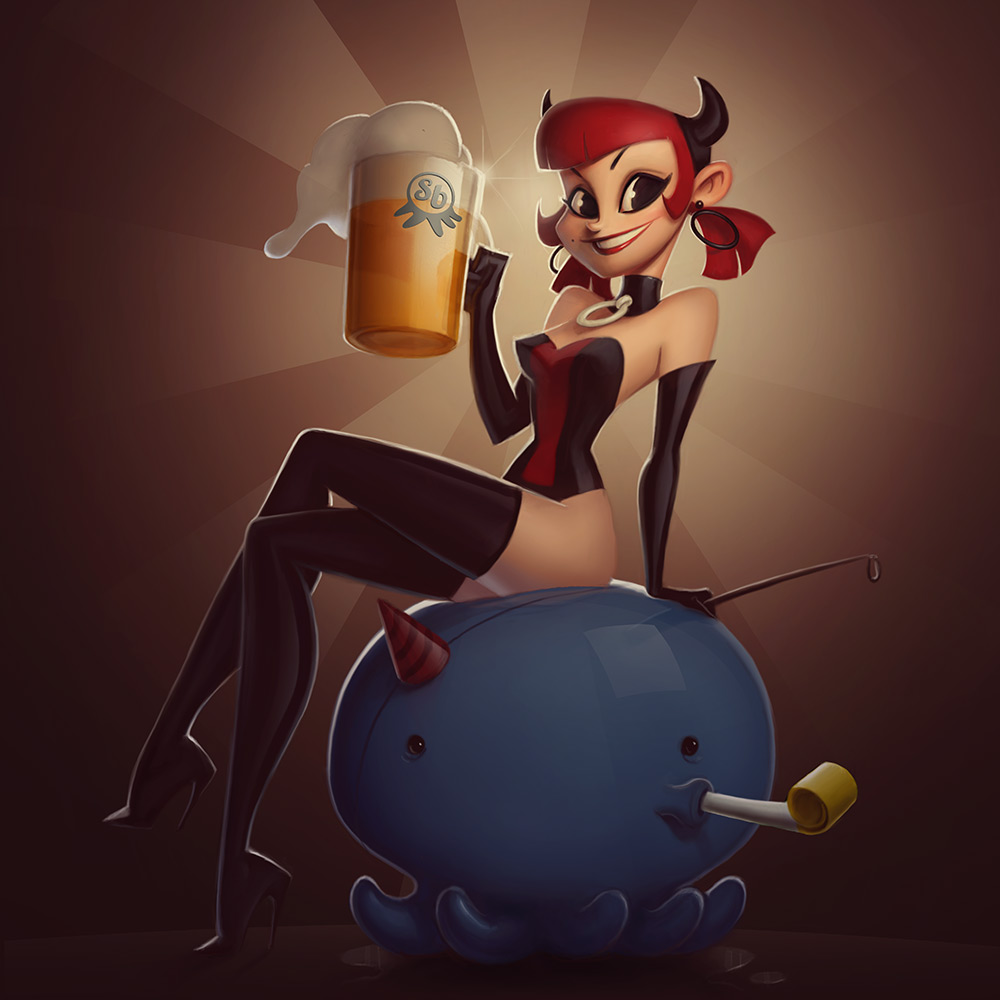
Thank you for sharing your process, Sam. Very insightful! What would you advise for someone who doesn’t have a studio or dependable place to shoot reference? I’ve considered looking up places like dance studios to ask if I can use their space but would love to know your thoughts on this.
Hi Colleen,
I think a dance studio is OK as long as they have curtains to cover the mirrors (frequent on dance studios). Also a community center or even an empty art gallery (more difficult since their schedule is usually pretty tight for exhibitions). I think any place where you have a big flat wall and enough electric sockets for your lights. Even some large basements will do. Keep in mind that the more models you need for your shoot the wider the shoot and the farther you need to stand from the models so the bigger the space. The same applies if your model needs to jump, run or do any acrobatics that require lots of space.
One important thing if you are not using a professional studio is to be very clear with the owners of the space you are using. Photography lights are very hot and consume a lot of electricity, You need to keep a sharp eye to avoid any electric accident. If you can use natural light sometimes just a big window on a sunny day and a flat white board to reflect light will do. I’ve seen many professional studio photos taken using this simple method.
Hi Colleen,
I know a lot of illustrators who actually just shoot photos in their living rooms, with a sheet over the book shelf and television. You can of course rent a space, or maybe borrow some time at a dance studio like you suggest, which is a great idea frankly. I’d encourage you to make things as easy on your self as possible, however that may look. Learning to make the best use of what you have readily available is a great skill worth honing, in my opinion.
Hi Sam,
Excellent article, thank you for sharing your experience with us!
I am an illustrator myself but working mainly for children, middle grade and YA publishing. It’s been always very difficult to find models for my projects. For a start kids change rapidly with age. For example: I have a 10 years old daughter who has often posed for me but in my latest book project the protagonist is 8 yo so I had to readjust many illustrations for the project as requested by the client based on this. Two years makes a lot of difference at that age.
I’ve been searching online for resources like Model Mayhem but haven’t found anything. Craigslist has not been a great help due to the issues of contracting children. We, parents are obviously very cautious when a stranger is looking online for a photoshot with our kids. Yes, there are a few kids I know from my daughter’s school but not too many options to choose from for the specific requirements of a project. I know you work for an adult public but if you have any insight in this matter please let us know.
Thanks a lot,
Antonio Caparo
A have no insight! In the rare instances that I need models who aren’t adults, I actually hire a photographer who specializes in children’s photography(which is an expensive ordeal). In NYC there are agencies that specialize in child talent, which is probably where I would go if I needed to find such a model.
Great read. Finding reference has always been a struggle and other than people or artists I know I never really looked to fine outside models. Might have to give this a shot. Reference really is important and adds to a picture in ways the imagination can’t. Few questions, how often do you get the client to reimburse you? I know many companies started to faze this out in the early 2000’s. And out of curiosity, do you project or trace your photos or work from them freehand for the finish. Thanks!
Hi Matt,
I’d say I get reimbursed about 50% of the time? Hard to say, but that feels about right. Regarding the tracing vs. freehand, it’s a mix. Will definitely not shy away from tracing something if it saves me a ton of time, but I prefer the results of freehand drawing so try to make that work whenever possible.
Hey Sam,
This was a really helpful and timely article! I recently tried to find a model through Modelmayhem for a project and failed miserably… I ended up getting a friend to do it. I’m going to save this article and try the other options you mentioned. Have you ever had to go to an actual modeling agency to hire a model, or is that simply too expensive an option?
Hope you’re doing well!
-Chantal
Hey Chantal! I’ve used agency models a few times in the past, although I would say that I probably prefer working with independent, non agency represented models. They are more expensive, and at the end of the day I don’t think they bring anything different to my process than someone who has a portfolio on modelmayhem or castingnetworks. I don’t need a runway model for what I do, and in fact someone with a more natural look is often better for my purposes.
Thanks for helping me understand that the model must be paid in cash unless it is requested otherwise. I will share this tip with my aunt since she plans to hire one for the promotion of their clothing products. She has been making clothes for her children and for some of us during our birthdays, so she thought that it would be a great business since it is her passion.
Good series. As a photographer myself I’d add that rates are a lot lower for those of us outside of NYC. $50/hr is more the norm where I am for concepts with no nudity. You’ll also find a fair number of models who enjoy the work as a hobby and may be interested in a TF (trade for) agreement in exchange for the right to use resulting images.
I’ve also found that most younger folks use Venmo and PayPal as the modern day cash equivalent, so if you’re comfortable with that you can look into it. Make sure you know what payment they’d prefer up front of course.
Instagram is also a good source for models (particularly the more hobbyist variety). Try searching for a hashtag of your local big city like #chicagomodel, #bostonmodel, or the like.
Particularly if you’re not shooting from an established studio, I’d recommend being clear that the model is welcome to bring a friend along to the shoot for their own comfort and safety. Sometimes those friends can end up helping by holding a light or reflector as well!
Thanks for showing me useful information on your blog.
Brand Animators – Bringing Your Vision to Life with Innovative Video Solutions. From start-ups to large corporations, every business has a unique story to tell. At Brand Animators, our mission is to help you tell that story in a captivating and memorable way. As a top quality 3d, 2d animation video production company in Houston, Texas and best explainer video company in San Antonio, Texas and professional Healthcare & Medical animation video making studio in Dallas, Texas offer services such as 2d animation videos 3d animation videos, Motion graphics, 3d medical animation, Healthcare videos, Corporate films, Whiteboard animation videos, 3d Architectural walkthrough animation, Marketing and training videos, Product videos. And more! Whether you’re looking to promote your brand, educate your audience, or simply convey information in an engaging and visually appealing manner, Brand Animators has you covered. Our video solutions are tailored to your budget, timeline, and company objectives.